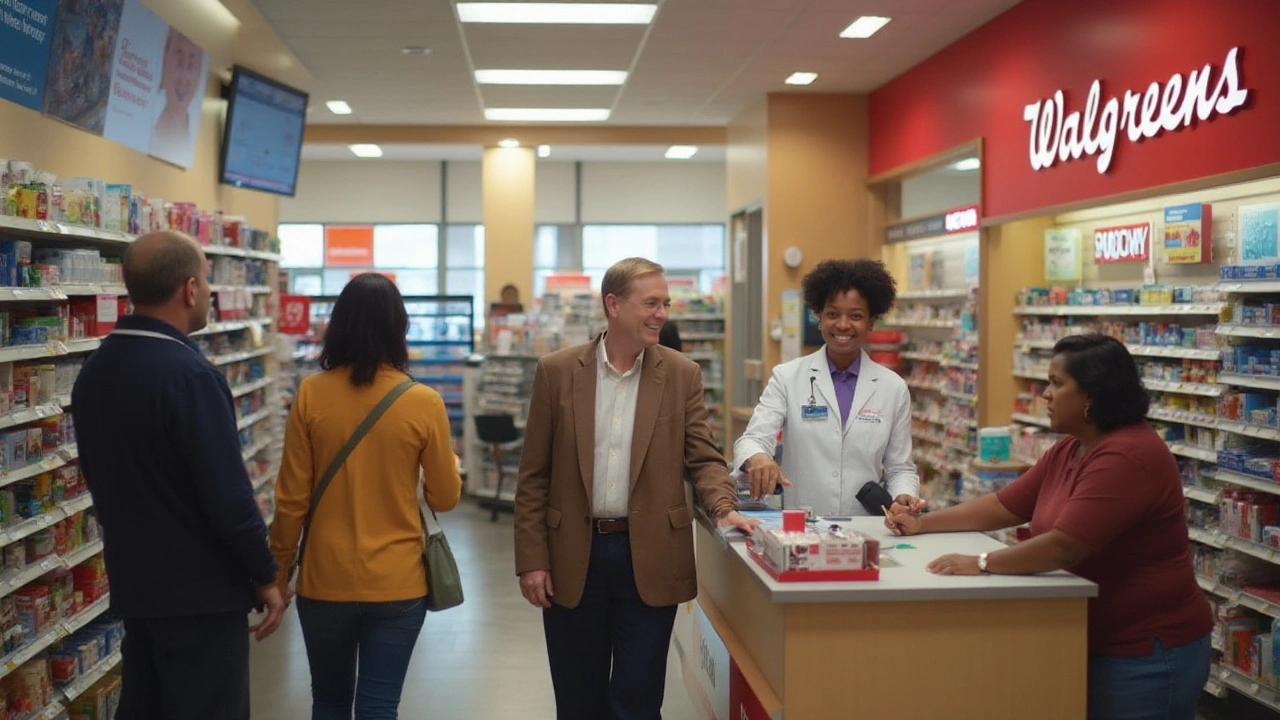Paying too much for prescriptions or worrying about fake drugs? You’re not alone. Many people switch to other options because big‑box pharmacies can be pricey, hard to reach, or just plain confusing. Below you’ll find clear, practical advice on finding reliable pharmacy alternatives that protect your health and your wallet.
First thing: look for a valid pharmacy license. In the U.S., a .gov or .org domain isn’t a guarantee, but a clear license number that you can verify on the state board’s website is. If the site asks for a prescription but doesn’t require a doctor’s note, that’s a red flag.
Second, check the payment security. Look for HTTPS in the address bar and trusted payment gateways like PayPal or major credit cards. Sites that push crypto‑only payments often aren’t legit.
Third, read customer reviews on independent forums—not just the site’s own testimonial page. Real users will mention shipping speed, packaging, and whether the pills matched the label. A pattern of “fast delivery, cheap price, but received empty bottles” is a warning sign.
Finally, compare prices with at least two other pharmacies. If a deal looks too good to be true—especially for brand‑name drugs—expect something is off. Legit pharmacies usually hover within a 10‑20% range of market price.
GoodRx is popular, but you have plenty of rivals that can shave off even more dollars. Sites like SingleCare, RxSaver, and CanadaPharmacy.com often list lower cash prices, especially for generic versions.
Another hack: use manufacturer coupons. Many drug makers offer printable coupons or free‑shipping codes on their official sites. Combine a coupon with a discount program, and you can cut the cost by half.
If you’re comfortable with a little extra paperwork, patient assistance programs (PAPs) are gold. Organizations such as NeedyMeds.org, the Partnership for Prescription Assistance, and the new 2025 alternatives listed on Health Enthusiast Hub match you with free or low‑cost supplies based on income.
For chronic meds, consider bulk buying from reputable overseas pharmacies that ship to Canada or the U.S. under a valid prescription. The key is to verify that the pharmacy holds a license from the Canadian International Pharmacy Association (CIPA) or a similar body.
Don’t forget your insurance’s mail‑order pharmacy. Some plans offer 90‑day supplies at a lower co‑pay than the retail pharmacy. Call the insurer and ask for the exact steps; the process is often quicker than you think.
Bottom line: mix and match. Use a licensed online pharmacy for convenience, apply a manufacturer coupon, and run the final price through a discount tool. The result is a prescription that’s safe, affordable, and arrives at your door without the usual headache.
Ready to try a new route? Start with a quick license check, grab a coupon, and compare three prices before you hit checkout. Your health deserves the best, and your wallet deserves a break. Happy saving!

In 2024, exploring alternatives to CVS.com can open doors to diverse pharmacy services that cater to different needs. From traditional pharmacy chains like Walgreens and Rite Aid to digital platforms like GoodRx, each offers unique pros and cons. Safeway, Costco, and Target pharmacies provide convenient options for consumers as well. This article unveils the features of these alternatives, helping you make an informed choice.